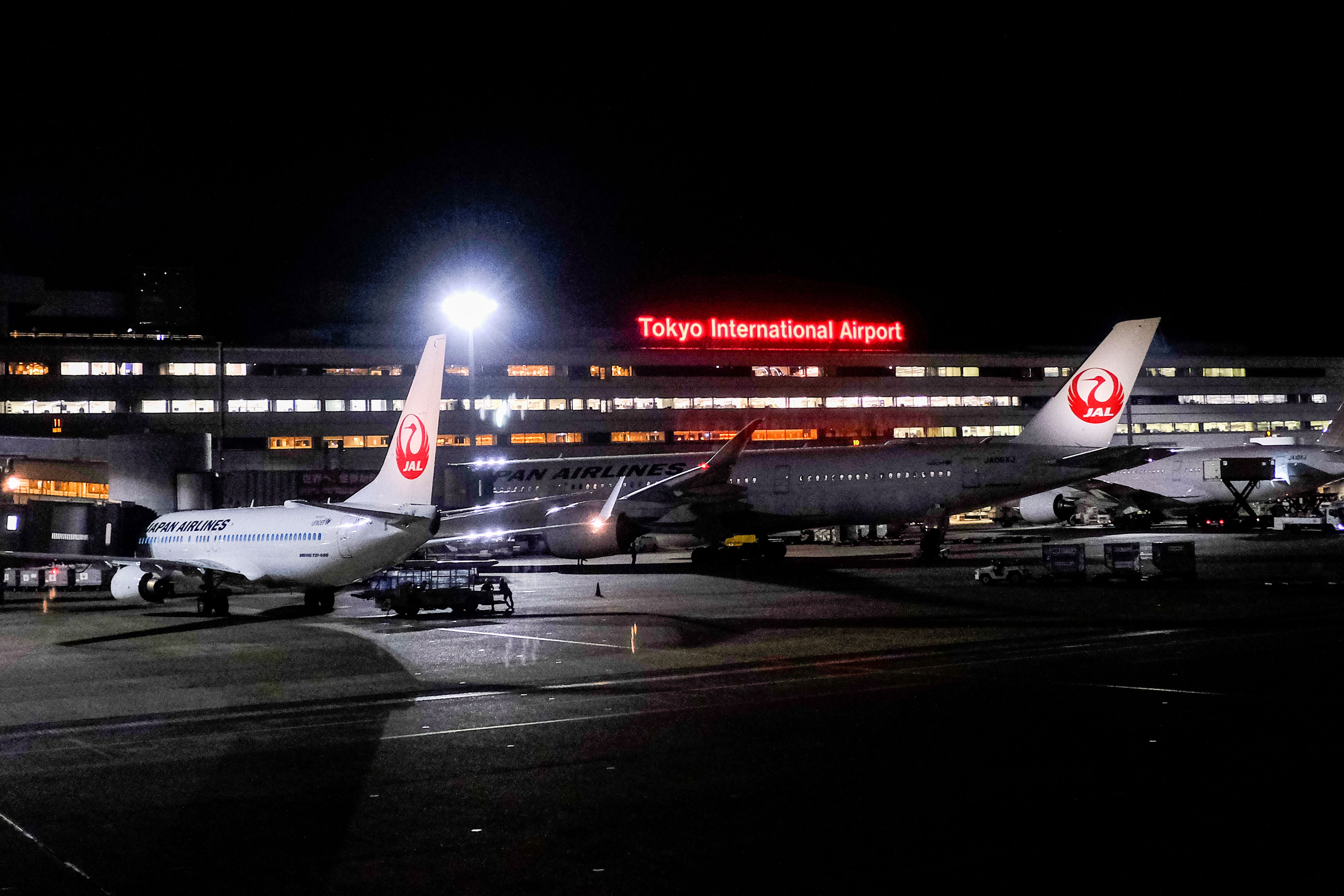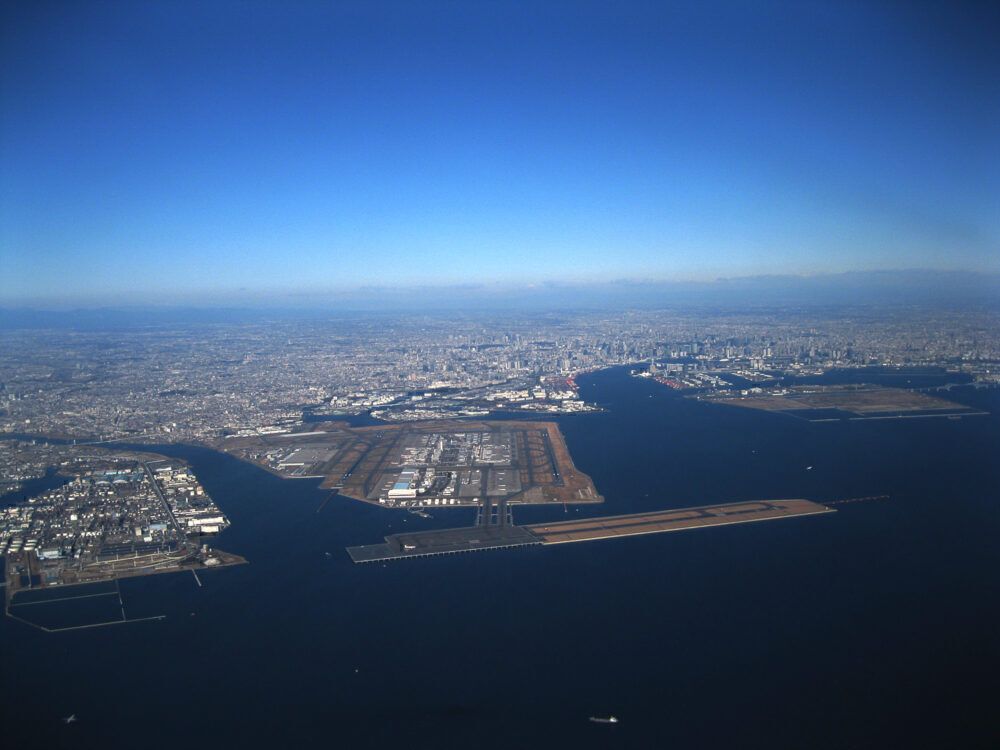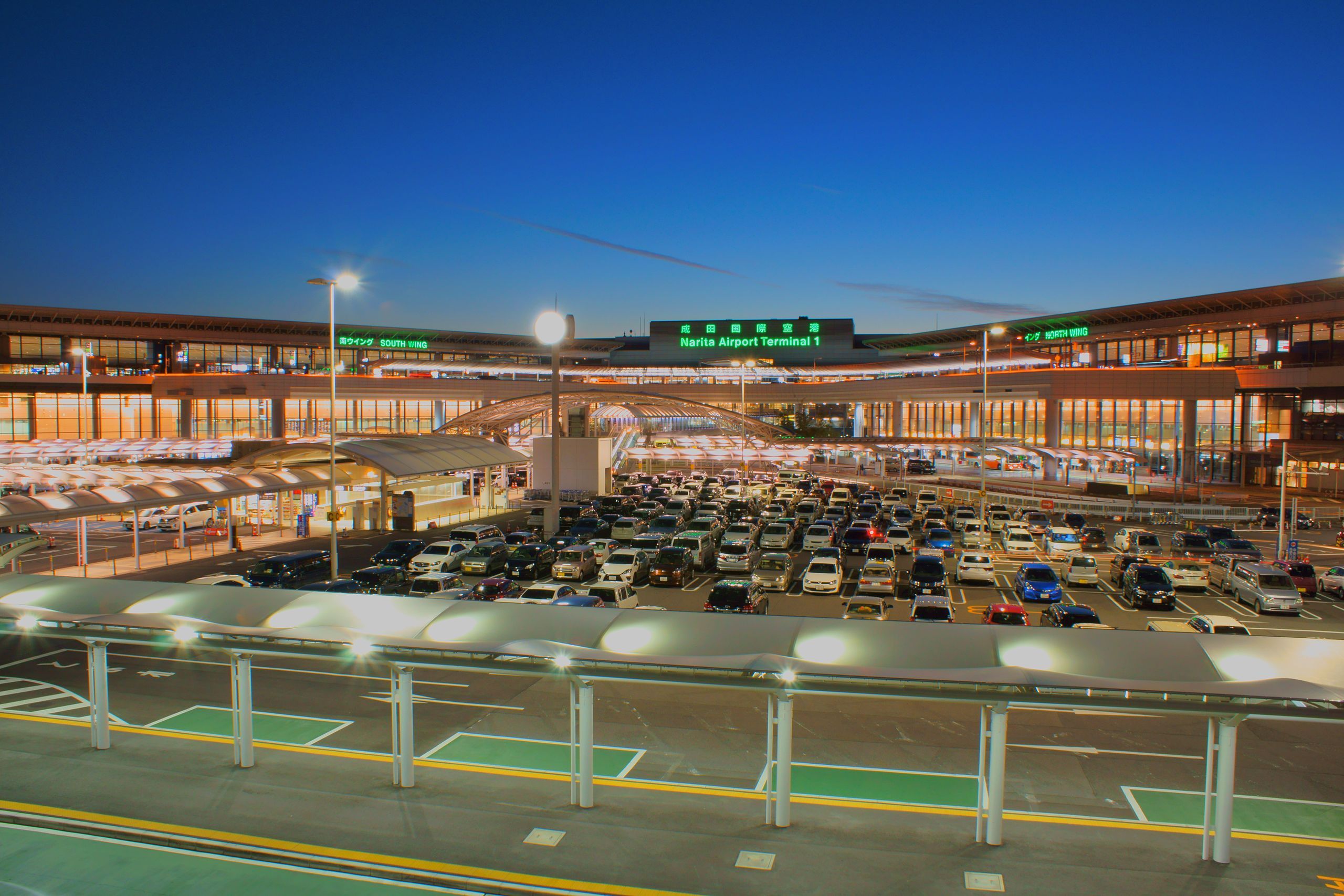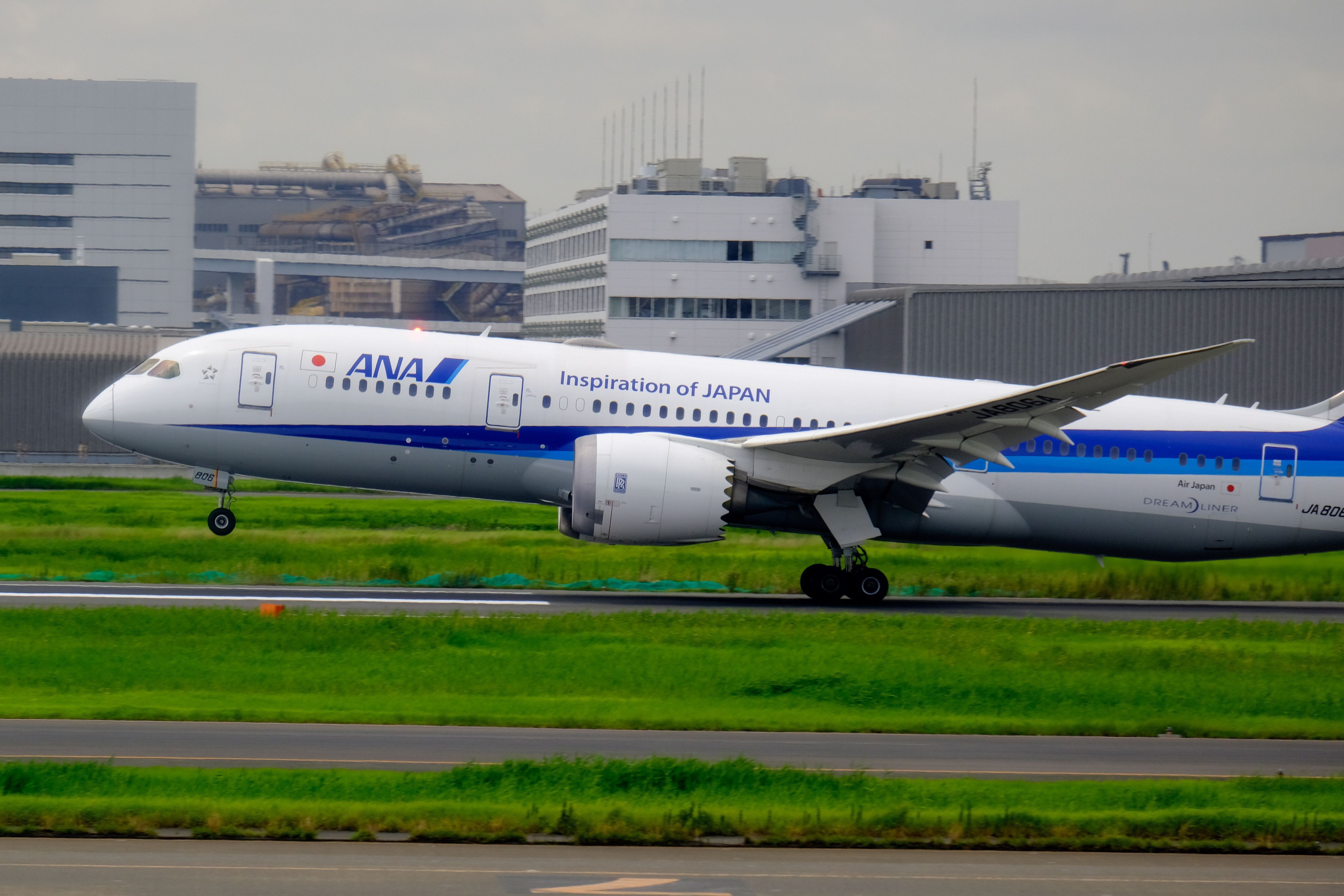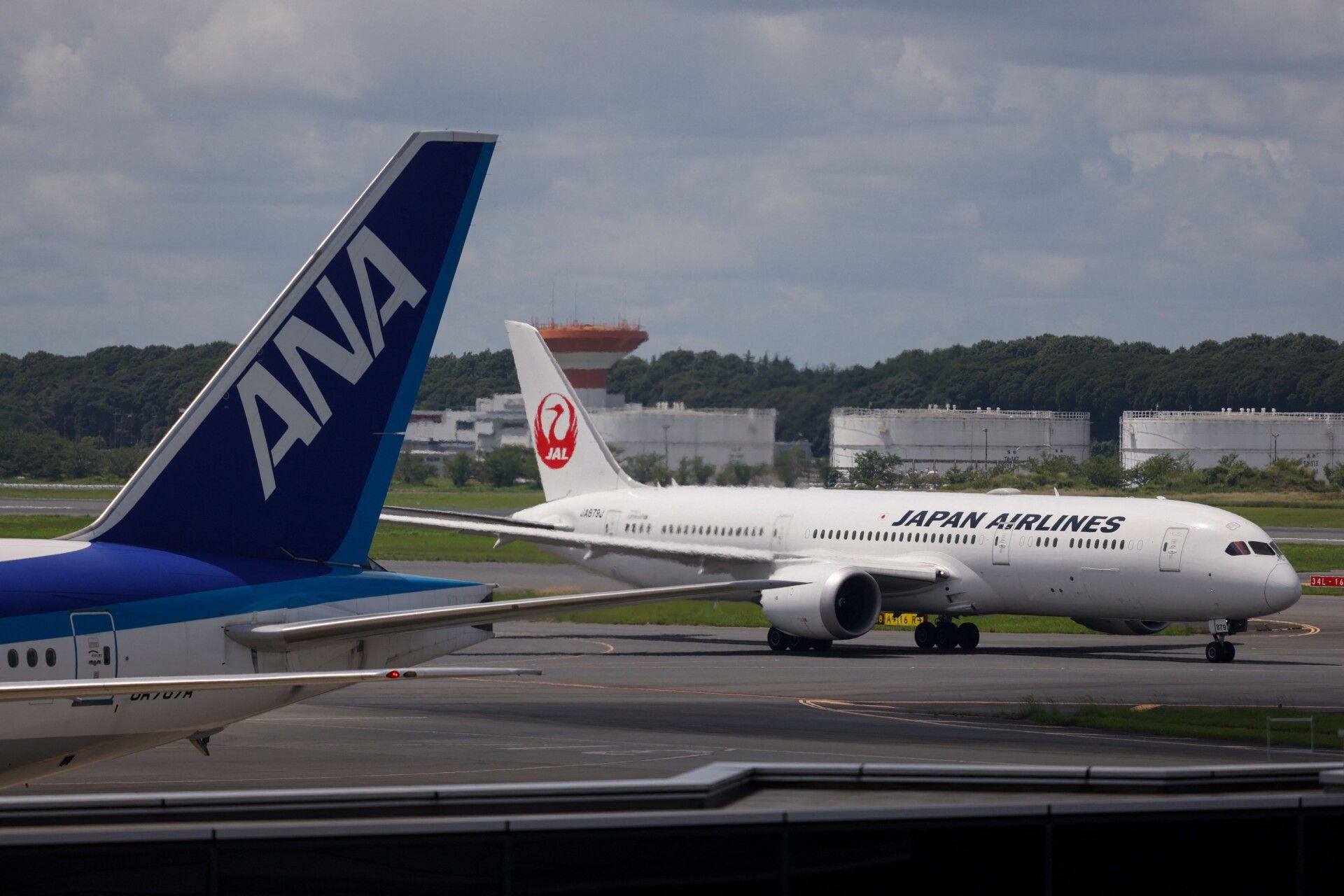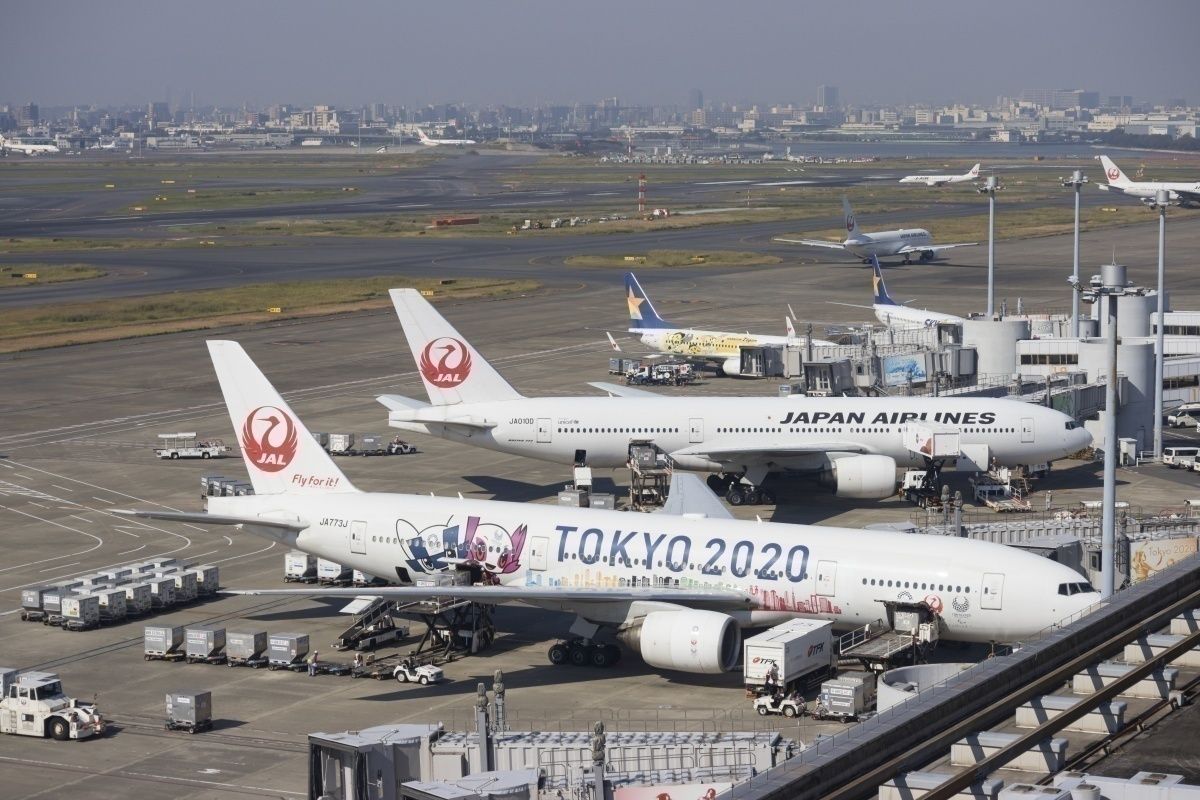If you've ever searched for flights to Tokyo, you may have noticed the fact that the city boasts two major airports: Haneda (HND) and Narita (NRT). While this is not uncommon for many large cities, Tokyo's two airports both attract flights from various airlines around the world. Let's find out why the city has two airports.
Out of space
Before 1978, the Japanese capital only had one airport. This was known as Tokyo International Airport, with this facility now being Haneda. The airport opened in the 1930s as an airfield, before it became an international airport in 1952. Located in the densely populated Ōta City, in the heart of Tokyo, the airport provides ideal access to the city center, and is much busier than Narita.
However, as years passed, larger jet aircraft resulted in noise complaints and limited slots at Haneda. The government knew it would need a larger airport to serve the city's growing demand. However, given Tokyo's high population density levels, a major Haneda expansion was impossible. As such, it had to look elsewhere.
Get the latest aviation news straight to your inbox: Sign up for our newsletters today.
The government got to work on the new airport, Narita, in 1966. It opted to place it in Chiba prefecture, which is technically located outside of Tokyo. After years of protests due to the decision to nationalize land for the airport, construction was finally completed in 1978. This gave Tokyo its second major airport, allowing for far more international capacity and room for further development.
Out with the old, in with the new
Soon after Narita opened, nearly all international airlines moved to the larger airport. While the airport originally had plans for five runways, it only constructed three due to the threat of more protests. This lack of expansion meant Narita was handling 22 million passengers in 1991 despite only having a capacity of 13 million.
However, something interesting happened in 1983. Using a landfill in Tokyo Bay, Haneda Airport had the opportunity to expand further. By 2010, the 'old airport' had new runways and two new terminals, allowing for a scaling up of services. Considering the convenience of Haneda's location, situated just half an hour from the city center, airlines were happy to add services to the older facility.
Find more news about Asian aviation here!
By the early 2000s, Narita had established itself as the main international airport for Tokyo, attracting most intercontinental services and major airlines. Meanwhile, Haneda made itself known as a key regional and domestic airport, with JAL and ANA having a significant presence there, alongside carriers like Korean Air and Singapore Airlines. However, things have changed in recent years.
Recent years have seen migration
Indeed, the last few years have seen a migration of airlines from Narita to Haneda. Airlines like Delta (which moved all its Toky-bound flights to Haneda), United, and SAS, have all added or shifted services. Even local carriers such as JAL and ANA started new flights from Haneda to the US. After all, the new terminal and location, along with slot availability, made Haneda quite attractive for airlines.
Nonetheless, Tokyo still requires both major airports because of the large amount of yearly traffic the city sees. Both Narita and Haneda offer their strategic advantages, allowing them to rise as major hubs. In 2019, Narita handled just over 42 million passengers, while Haneda exceeded 87 million. The airports suffered amid COVID-19, but it will be interesting to see how their numbers fare this year.
Narita's farmland conflict
One interesting aspect of Narita's day-to-day operations is that they are subjected to a six-hour curfew between midnight and 06:00. This is to reduce the impact of noise pollution on local residents, including those living in a farmhouse that is improbably located between the two runways. This was the subject of a conflict known as the Sanrizuka Struggle, which you can read more about here.
Have you ever flown to or from either or both of Tokyo's airports? Which one of them do you prefer? Let us know your thoughts and experiences in the comments!

